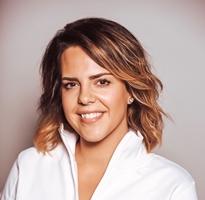When It Comes to Events, Can Quality Mean Quantity?
3 tactics one association took to prove what really matters
As you sit in budget meetings watching numbers rise and fall for your projected year, looking at each event—big and small—that needs marketing attention, a creative brief, and an overall riveting strategy to reach these revenue goals, you start to feel completely overwhelmed. Am I right?
How are you going to outperform last year’s largest conference? How are you going to exceed the expectations you set for yourself and meet those increased revenue goals your executive team has set? You start to panic.
You start to think: let’s cast the widest net possible, quantity over quality, because that’s the safest move. Let’s hit the masses with an abundance of messages geared towards pricing: “Don’t miss those early bird rates;” “limited seats available;” “selling out fast, act now.” But is quantity really better than quality or, here’s a thought, can quality mean quantity? Does your overall event success really depend on those 20+ messages that reach 70,000+ people? Or, does it resonate more if you send engaging messages that tell a story and take the reader on a journey? Is it better to reach the right people and convince them that if they don’t come, they are missing out on valuable, educational material, an experience with like-minded peers they’ll instantly regret missing as they pore over shared LinkedIn and Twitter posts?
These are the questions that the Regulatory Affairs Professionals Society (RAPS) started asking in 2018. They were coming off a high with their largest annual conference, Convergence, having taken place in a destination location outside the U.S. for the first time. Attendance numbers were the highest in more than 10 years and new engagement elements via their event design had really intrigued attendees—so much so that, during the review of completed attendee evaluations, it became the norm to see, “Best Convergence Ever!” written in the open text box, under the question “Additional comments.” So how was RAPS going to top their best year ever?
RAPS Convergence 2019 was stateside again. In fact, it was in an expensive, union city that although easily accessible by plane, train and automobile, did not include the pull factor of the destination the year prior. After lots of discussions, many setbacks and ultimately, the final breaking point of knowing we needed to change in order to grow, RAPS decided this was the year when the fate of the meeting couldn’t rely on the CVB and pretty location pictures to reel in attendees. The event needed a compelling story that proved that a quality event focused on attendees was what they could expect at RAPS Convergence.
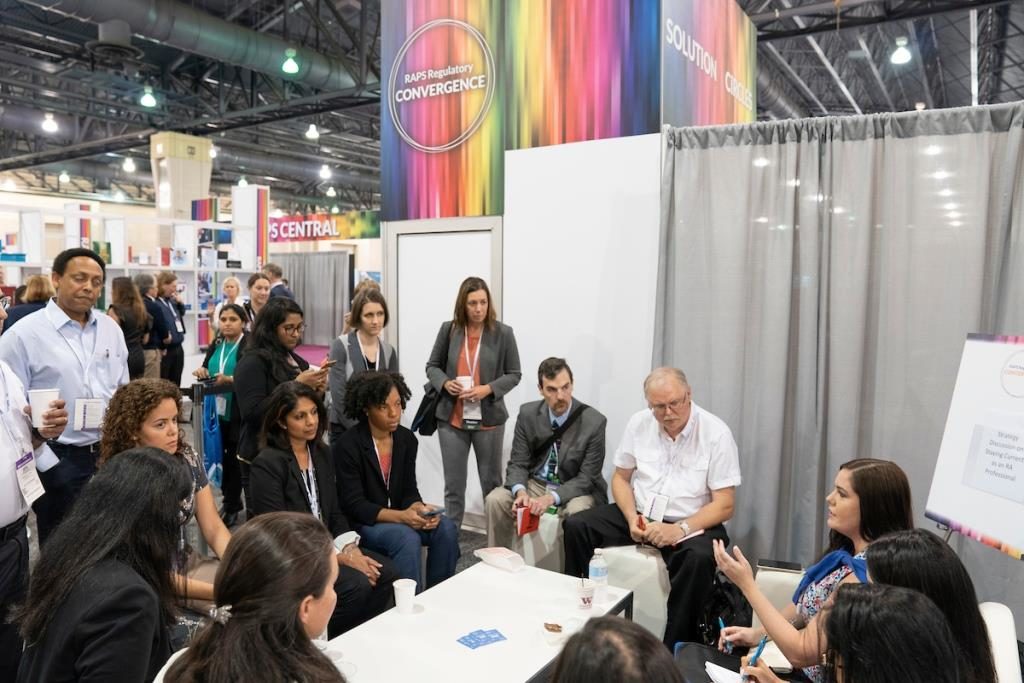
RAPS focused on three main points of engagement:
Tactic #1: Develop a theme and implement it through messaging before, during and after the event
RAPS Convergence had never been themed before. Its branding was changed each year to reflect the host city’s landscape and culture, but a theme? No. “Navigate the Regulatory Grey,” later shortened to “Navigate the Grey,” was introduced after listening to regulatory professionals, including their own executive director, explain the nature of the profession and the challenges they face daily. It was said that within regulatory there is rarely one final answer and that regulatory professionals live within and must navigate the grey each day. There is no one and final answer, but there is a way to understand and interpret.
Having arrived at a strong theme, the next challenge was implementing it, breaking down internal silos to have a more collaborative event approach, and making sure every element—from emails to meter boards to staff apparel—showcased the theme. It wasn’t just something that you saw or read; the theme was something you felt from the moment you received your first email until you returned to work to brag about your experience.
Tactic #2: Incorporate a journey
Starting with a compelling “save the date” that used member photos fading from black and white to purple (one of Convergence’s primary colors), and shifting to multiple touch points that described experiences at Convergence such as a mailer that focused on “How to Engage,” all marketing collateral went from simplistic grey to a faded purple. RAPS wanted to show how things were in grey and how, once RAPS was involved, they became clearer—or in this case, went to color. Rarely did RAPS use deadline-driven tactics such as early bird registration or discounts for RAPS members. The focus was on the personal impact of attending and a design that told our audience we understood their needs. Our goal was that by the time they looked at price, they were already sold on the experience.
The attendee journey was brought to life onsite through the use of visuals. As attendees approached the hall, signs began in grey and then graduated to loud colors once in the Solution Hall. The visual signage underscored the clear message that at RAPS Convergence, we offer the path to navigating the grey.
Tactic #3: Take risks, but know your audience
RAPS knew that in each meeting with their executive team, budget numbers and counts were the forefront of discussions. Having a team that was confident in the positive outcomes that would follow from focusing on engagement and quality over quantity helped mitigate any perceived risks. RAPS didn’t jump into these experiments without knowing or researching their members and attendees. Studies were done on past conferences, smaller campaigns were conducted in other product areas, and member committees were used as sounding boards so that, although some of the approach seemed risky, RAPS had a good sense of how their audience was going to react.
They knew ultimately that relaying value over pricing was the right way to go. Stock photos didn’t encompass the community feel, but real images of members helped in speaking to the audience and relating on a more personal level. Risks of moving away from a traditional program and switching it to a workbook seemed nominal, and overall it had an impact of allowing attendees to interact with steps throughout the conference. Finally, using more playful wording and a conversational tone rather than the typical business writing style allowed a personal touch and connected more with audiences.
The experiments proved effective, and overall, these tactics impacted RAPS’ 2019 Convergence revenue significantly. RAPS exceeded budget, had their highest attended Convergence ever, and successfully got people talking about their event for weeks, even months, after. Social media went crazy. People felt that RAPS listened, that RAPS was the place to go for regulatory questions, and that the community was stronger than ever.
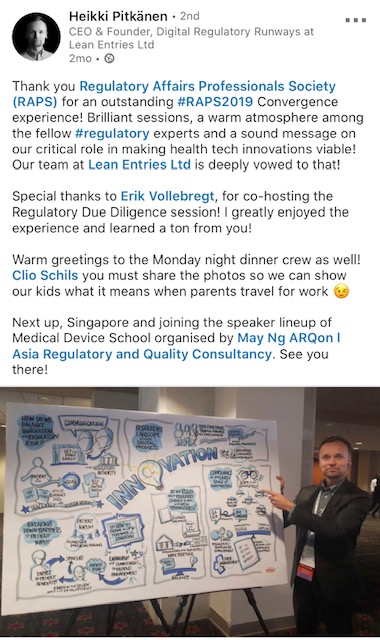
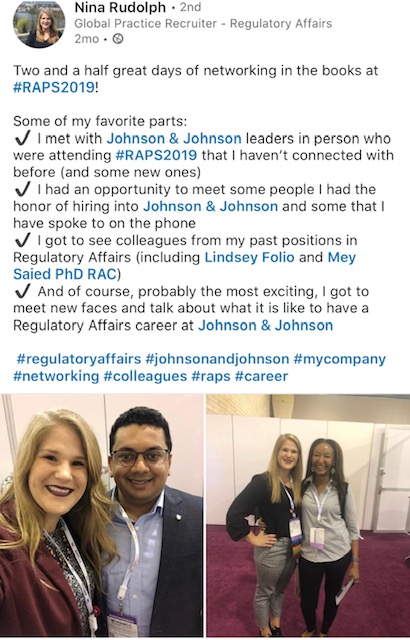
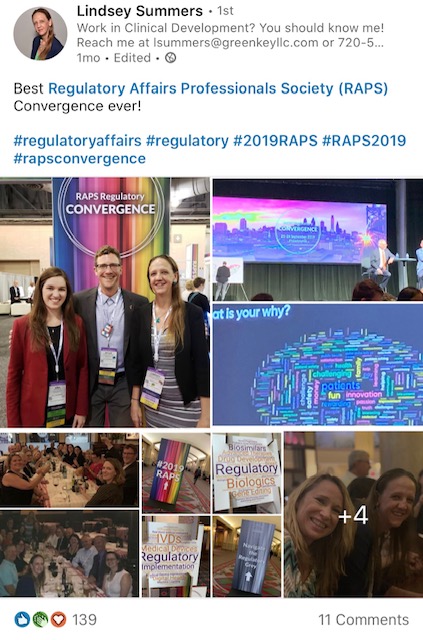
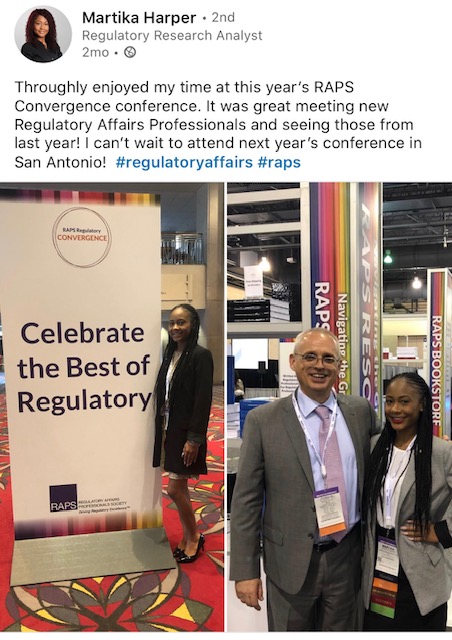
RAPS connected on a different level. They stopped looking at the numbers as touchpoints and goals and went back to a mission-driven, community-focused approach where who they were touching with their messages and experiences mattered more. RAPS developed a quality journey for their audience, and in turn, the numbers came naturally. Because quantity doesn’t always lead to quality, but quality will most always lead to quantity.

